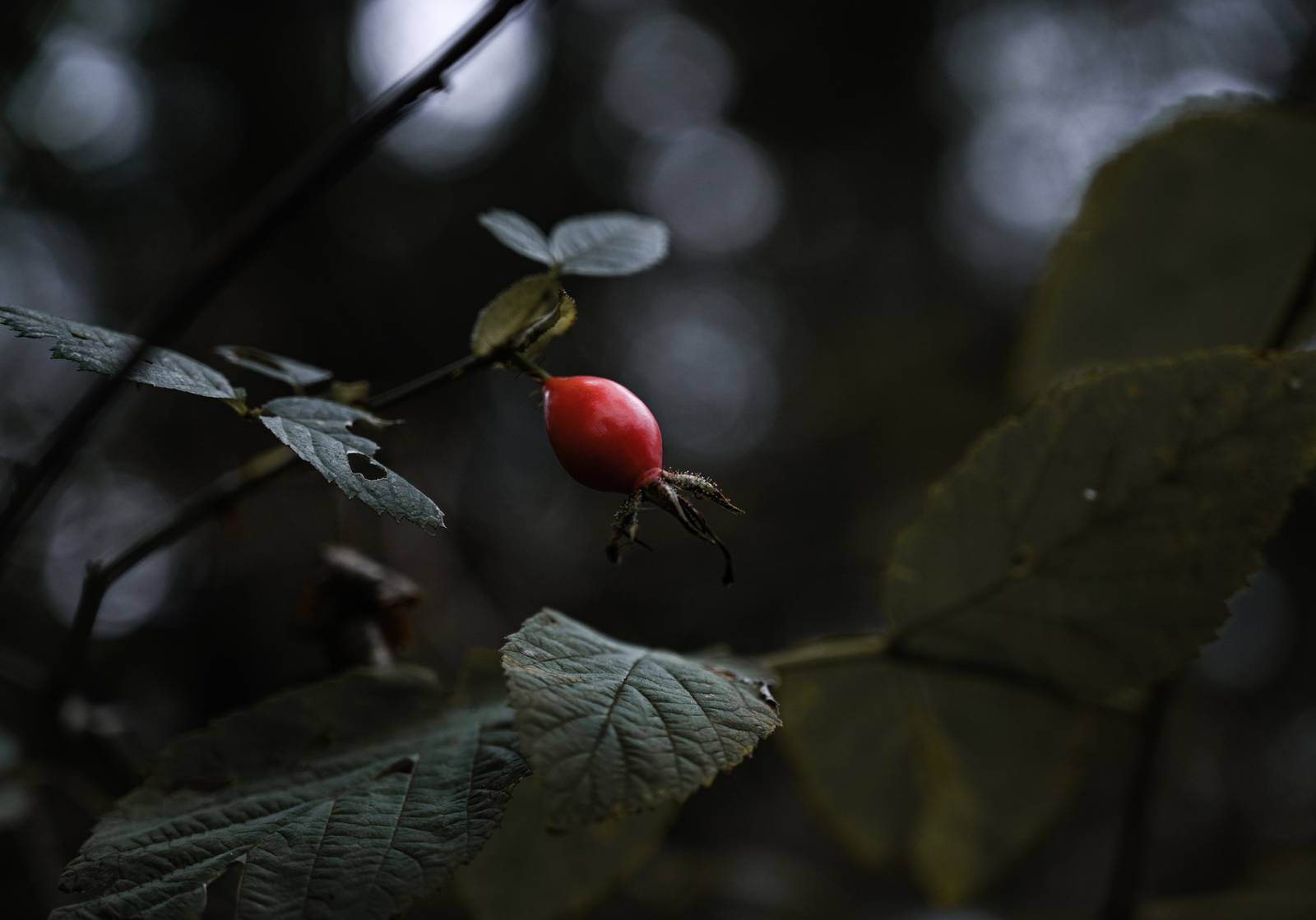What is Selective Focus in Photography
Photographers use various techniques to enhance their images. One of the most powerful artistic effects is the selective focus that helps create a unique story.

Selective focus in photography definition
A photo with a selective focus has a specific part in focus and the rest of the scene is blurred. Such an effect helps isolate the subject from the background and, at the same time, draws the viewers’ attention to the part of the scene that is sharp. This contrast between the two areas can also enhance emotions, add a certain mood, or simply help get rid of distracting background.
This technique is widely used in portraits, macro, and close-up photography. However, sports events, street, and even landscape photos can also benefit from it when we need to emphasize a specific person or object, not the entire scene.
Let’s have a look at some selective focus photography examples.

In the image above we see that the girl's face looks sharp, while the rest of the picture is fuzzy. Technically, it is her eyes that are distinct. However, this is enough for our brain to consider her whole face as “in focus” and the overall photo as accurate.
We look directly into the girl’s eyes and can hardly draw our attention away from them. Try looking at the other parts of the image, and, to your surprise, you will notice that her eyes are like a magnet and you get back to them again and again. Isn’t that magic?

And here is another example of a photo with a small rosehip. A selective focus on the subject helps isolate it from the noisy background. Otherwise, the berry could get lost in other leaves and whatever was around it, and we would perceive the image in a totally different way.
Tips for using selective focus
To reproduce this effect you basically need to create a shallow depth of field. Depth of field (DoF) in general is the area in the picture that looks reasonably sharp. A shallow one means that this area is small and your subject only is in focus, while the foreground and background are fuzzy. This blur is also called “bokeh”.
And here are some basic tips you need to take into account so that you could take a photo with a selective focus:
Focal point
As a photographer, you make a decision about the subject matter of your picture. This could be a person, some element or a unique feature, an isolated object, landscape, or anything else that you think is interesting. And that will be the focal point of your image.
With a person as your focal point, it is important to remember that you need to focus on the eyes. As for some objects, look for something that looks different or tells a story.

You can either select a manual focus mode or one of the fitting automatic focus modes to help you aim at the exact area that needs to be sharp. As the former requires quite an experience, you might prefer autofocus with a single center focus point.
Distance
After deciding about your focal point, make sure that your scene includes the foreground, middle ground, and background. Having several planes in the picture can make an image look deeper and more interesting.
Then, pay attention to the distance between the planes. First of all, there should be some space between your subject matter and the foreground or background objects. For example, when the background is far away from your focal point, it will be more blurry. Second, you yourself can move closer to the subject to create a smaller depth of field.
Aperture
The most vital setting in your camera to affect DoF is the lens hole or aperture. Smaller f-stop numbers, like f/1.4 or f/2.8, will give you a nice bokeh. You might want to set the aperture priority or manual mode to be able to experiment with different values and see the effect.
Focal length
A lens with a longer focal distance creates a smaller DoF. So, if you have a selection of lenses, you can choose a telephoto one to get more blur.
Stabilization
It could also be a good idea to stabilize your camera using a tripod for example. This can help avoid motion blur or incidental change of focus when you are shooting still objects.

As you can see, to use a selective focus, you need to be the master of the blur. Depending on your goals, you can make the background so fuzzy that all details are lost or let some of them stay. This can either isolate your subject or emphasize it. Try various combinations of aperture settings and distance to vary the depth of field and see the effect.
All the above doesn’t mean that you need a DSLR only to use this technique. Some of the smartphones have the selective focus camera feature that can help make a photo with the standing-out subject. Moreover, you can also avail of editing to create an out-of-focus effect for less important areas. There are infinite ways to deliver your creative message.



